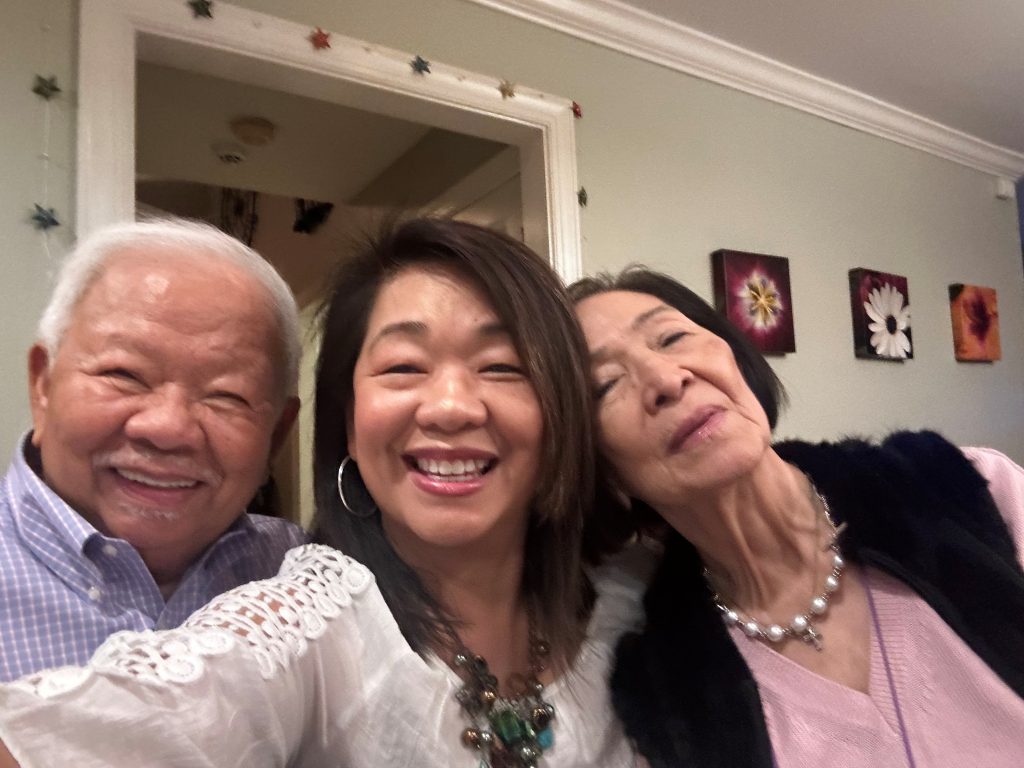Editor’s note: This summer, as the urgent issue of racial injustice took center stage, ASA and Justice in Aging embarked upon a series of articles in Generations Today highlighting for the aging advocacy community how aging, identity and racial equity intersect. Called “On Aging, Race, Identity and Equity,” the articles will run in each issue for a year.
The COVID-19 pandemic poses challenges for nearly all communities across the country. Yet older people of color face even greater burdens with mounting disparities that must be identified and resolved.
As COVID-19 continues to ravage communities of color, data show shocking disparities in outcome based on race and ethnicity. Recent data show significantly higher COVID-19 hospitalizations for Black, Latinx, and American Indian/Alaska Native Medicare beneficiaries. The rates are even higher for people of color who are dually enrolled in Medicare and Medicaid. Racial and ethnic inequities in healthcare are magnified in long term care settings as nursing facilities have seen some of the largest outbreaks of COVID-19 infections and devastating mortality rates. In particular, facilities with predominantly Black and Latinx residents have significantly higher numbers of infections and mortalities compared to facilities with predominantly white residents.
The pandemic exacerbates healthcare inequities for older adults with some states and hospitals implementing crisis standards that limit access to life-saving treatment. These standards often include ageist and ableist policies that triage resources. While advocates are working to resolve discriminatory standards, many still include biased policies that disproportionately impact older adults of color. For example, many policies consider a patient’s long-term survivability based on their existing health issues, even if they are likely to survive COVID-19.
Due in large part to systemic racism and reduced access to healthcare, older adults of color have higher rates of conditions like diabetes, hypertension and heart disease. Using a patient’s life expectancy creates policies that exacerbate existing health inequities among communities of color. Crisis standards must triage resources in a manner which does not include ageist or ableist policies or compound long-standing inequities in healthcare.
Older Asian Americans and Pacific Islanders (AAPI) experience additional hardships. Since the beginning of the pandemic, older AAPI were subjected to xenophobic harassment, leading to social isolation long before stay-at-home orders took place. Dorothy, a 72-year-old Chinese American experienced all of these challenges and more in her neighborhood in Seattle’s Chinatown. She witnessed Chinese-owned businesses lose customers and the cancellation of celebrated events like Lunar New Year weeks in advance of Seattle’s stay-at-home order.
An Opportunity to Dismantle Inadequate and Racist Systems
Over the following months, more older adults experienced depression and loneliness due to significantly reduced visitation from loved ones. The effects of isolation are particularly devastating in nursing facilities and other congregate residential settings where visitors are barred absent limited circumstances. Isolation is even more acute for older adults with Limited English Proficiency (LEP) as restrictions on visitation prevent loved ones who speak their primary language from visiting. Difficulty accessing interpreters and translated materials further prevents older adults with LEP from utilizing telehealth for remote medical appointments.
‘Eliminating the systemic racism resulting in health disparities among older adults of color is a massive undertaking.’
This moment creates an opportunity to dismantle the inadequate and racist systems that underpin our long-term care and healthcare infrastructure. While care facilities can exercise safe infection control measures to reduce the spread of Coronavirus, access to Home and Community-Based Services (HCBS) allow older adults and persons with disabilities to avoid nursing home placement by receiving services in their homes or communities, and would do much more to save lives and reduce the spread of the virus.
It is far past the time to eliminate the institutional bias in Medicaid by requiring states to cover HCBS in the same way as states currently are required to pay for institutional care. But this is not enough. We must also address other forms of racial discrimination that negatively impact the quality of HCBS older adults of color receive and the racist policies that have denied older adults of color access to housing. The shocking rates of homelessness among older Black adults leads to worse health outcomes and reduced life expectancy.
Eliminating the systemic racism resulting in health disparities among older adults of color is a massive undertaking. Beyond implementing policies to ensure equal access to HCBS, it is critical that policymakers and administrators at every level of government center equity in responding to COVID-19 to mitigate additional and growing disparities.
Federal and state agencies must collect and provide more intersectional data on racial disparities in health, housing and long-term care among different communities of color. Healthcare providers and insurers must improve language access and cultural competency. Finally, providers should be required to undergo racial justice and implicit bias training and receive support to address disparities and prejudicial crisis standards of care.
Gelila is a staff attorney at Justice in Aging, based out of its Washington, DC, office.
This blog first appeared as a guest blog by Justice in Aging on the National Health Law Program site. The blog was part of a series highlighting the grave health inequities plaguing the country. The National Health Law Program advocates, educates, and litigates at the federal and state levels to protect and advance health care access and the civil rights of low-income people and other underserved groups.













